new book series: MASS MARKETS: STUDIES IN FRANCHISE FICTION
Mass Markets: Studies in Franchise Cultures (University of Minnesota Press)
Series editors: Gerry Canavan (Marquette University) and Benjamin J. Robertson (University of Colorado Boulder)
contact: gerrycanavan@gmail.com
Mission Statement
“90% of everything is crap.” —Theodore Sturgeon
Sturgeon’s Law suggests that the bulk of cultural production is not worthy of our attention, except perhaps as a guilty pleasure. However, as popular media storyworlds increasingly dominate the global entertainment landscape, they call out for serious criticism. The “Mass Markets” of our series title refers both to the audiences who consume media franchises and immerse themselves in those storyworlds and to one of the key media forms through which this consumption has taken place, the mass market paperback. This series thus investigates an archive traditional scholarship typically ignores—from video game franchises to longstanding comic storylines, from fantasy trilogies to Hollywood, Bollywood, and Nollywood blockbusters—even as it expands that archive to include cultural productions by marginalized auteurs and from the world beyond North America and Europe. These studies of the twentieth and twenty-first centuries’ most visible cultural texts are written for critics and fans interested in thinking through the joys and problems mass markets and their fandoms create.
Mass Markets books are 40,000 – 60,000 words each, focused on storyworlds developed in specific franchises and dedicated to expanding our understanding of what franchises can be and who can create and study them. Briefly put, Mass Markets: Studies in Franchise Cultures takes up popular narratives (from books and film to television, games, comics, and beyond) that:
- are produced and distributed across relatively long timescales;
- extend across multiple media (including film, television, streaming services, video games, books, comics, and, in certain cases, toys and other commodities);
- generate extensive narrative storyworlds, both textually and through paratexts like maps, glossaries, indexes, and digital extensions like authorized encyclopedias and fan wikis;
- have been produced by multiple writers, pen names, and work-for-hire journeymen rather than in accordance with elite notions of “authors” or “auteurs”;
- are often governed more by a top-down corporate vision than aesthetic and political considerations;
- and are created for large, mainstream audiences (although they may also contain Easter eggs and others sorts of fan service directed to longstanding fans of the franchise or the genre more generally).
The series aims not to produce full or complete histories of various franchises: their dates of inception, long lists of their various texts and descriptions of the relations among them, the economics and studio maneuvering behind their productions, and so on. Such nondiegetic history is necessary to the series, and we expect the individual texts that make up the series to situate the storyworlds they address in larger cultural movements and historical moments. However, the series shall focus on the diegetic natures of the worlds themselves created by franchises that wish to leverage those worlds into a sustainable condition for storytelling and profit, as well as on the varieties of reception and audience participation such worlds produce.
We therefore envision books on Tolkien’s Middle-earth, the Star Wars Universe, The Walking Dead’s ruined post-zombie America, Marvel’s Wakanda, Harry Potter’s Hogwarts, The Broken Earth’s the Stillness, Tin-Tin’s Africa, Akira’s Neo-Tokyo, Valérian and Laurelin’s City of a Thousand Planets, the stylized India of Bollywood film series such as Dhoom or Raaz, Full Metal Alchemist’s Amestris, and so on. But the storyworld we are most excited about is the one we haven’t thought of yet.
Interested authors should contact us for more information and consultation prior to writing anything, but we include the elements of a Minnesota book review for reference.
Elements of a Book Prospectus (University of Minnesota Press)
1. Overview of the book, including
• a summary of the book’s main substantive contribution(s)
• an explanation of the theoretical framework that you employ
• a description of the methodological approach(es) that you employ
• a comparison of the book to others in the field, as well as an explanation of the unique contribution that this work makes (i.e., xdescribe other books and how, specifically, your differs from them)
• a description of the target audience(s) for the book.
2. Table of contents and chapter-by-chapter descriptions (one page per chapter describing its relationship to the other chapters and to the overall argument of the book)
3. Sample chapter(s), preferably including the introduction and at least two substantive chapters
4. Current curriculum vitae (if the book is a collection of essays, include a list of contributors’ affiliations)
5. Manuscript specifics, including estimated length, delivery date, electronic format, and any special requirements (e.g., artwork, tables, photographs, film stills)


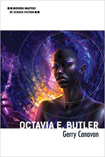

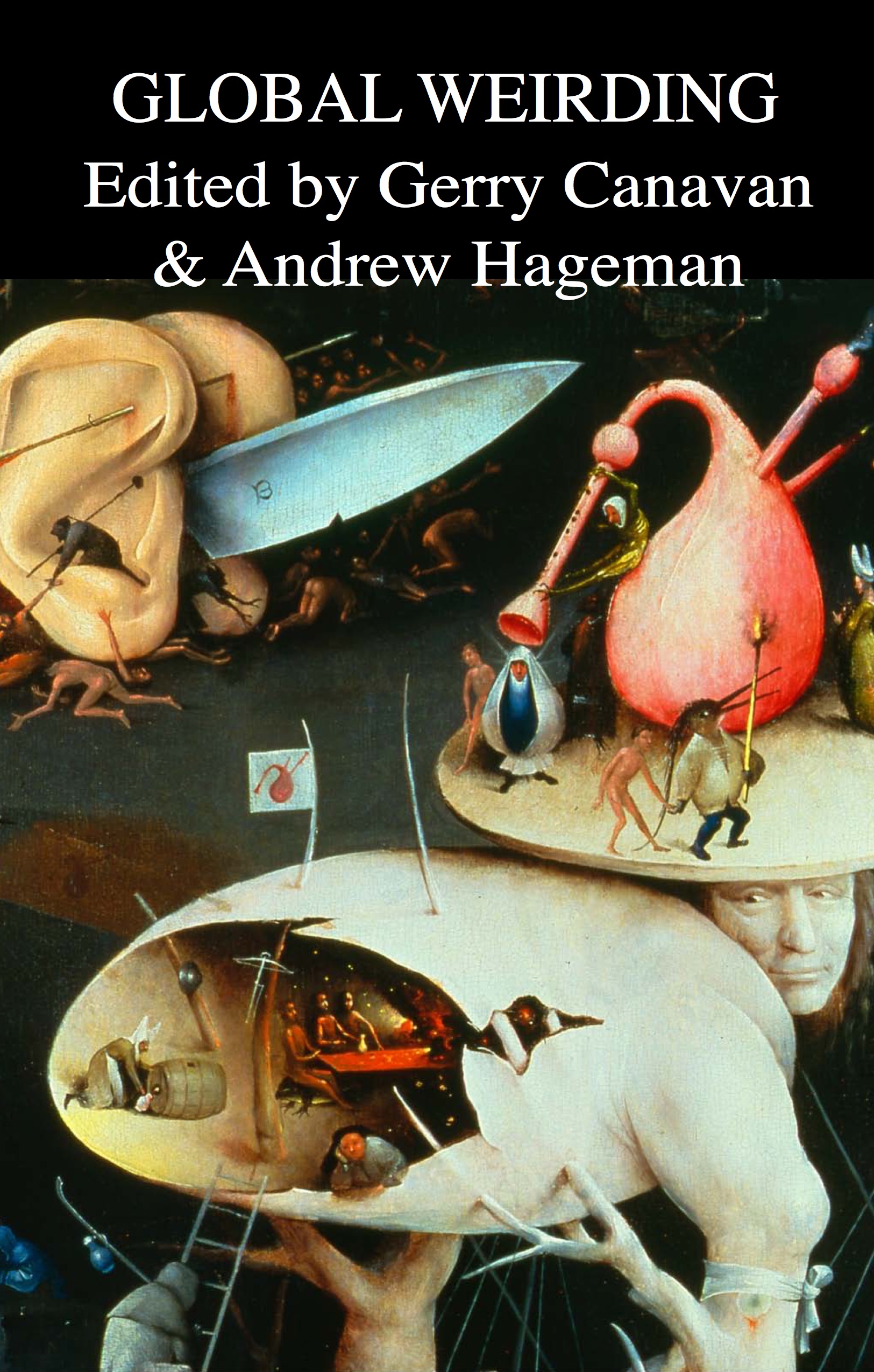
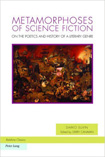
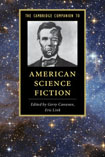
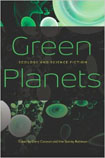


Leave a comment